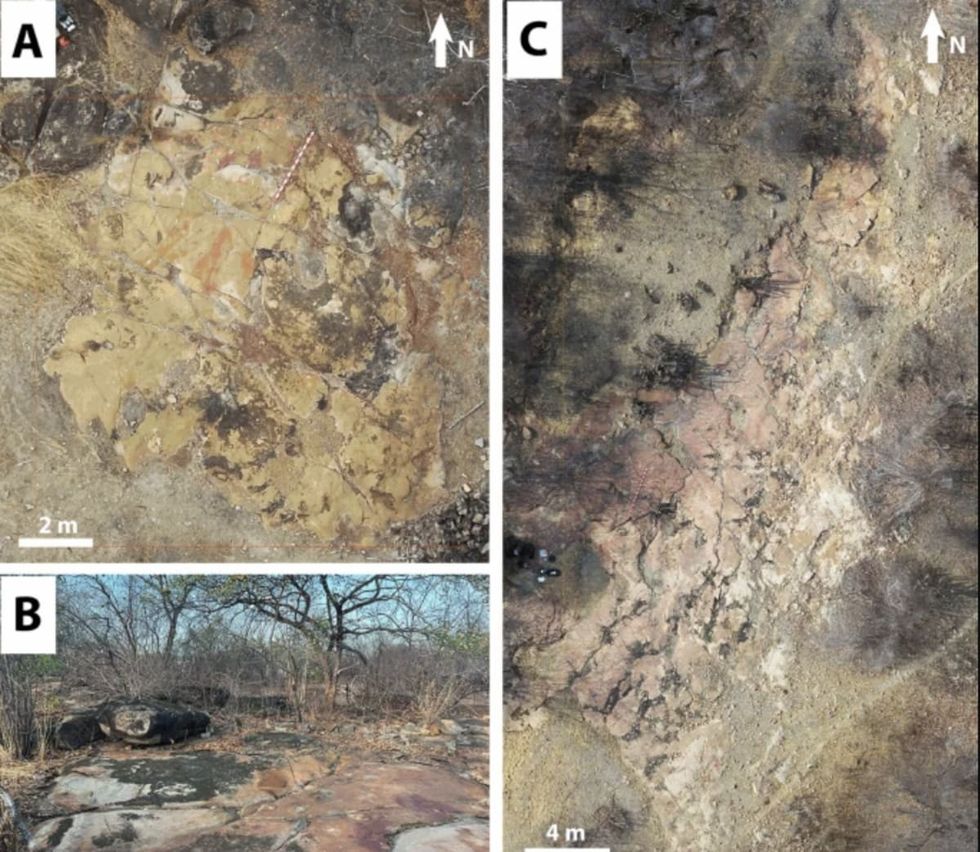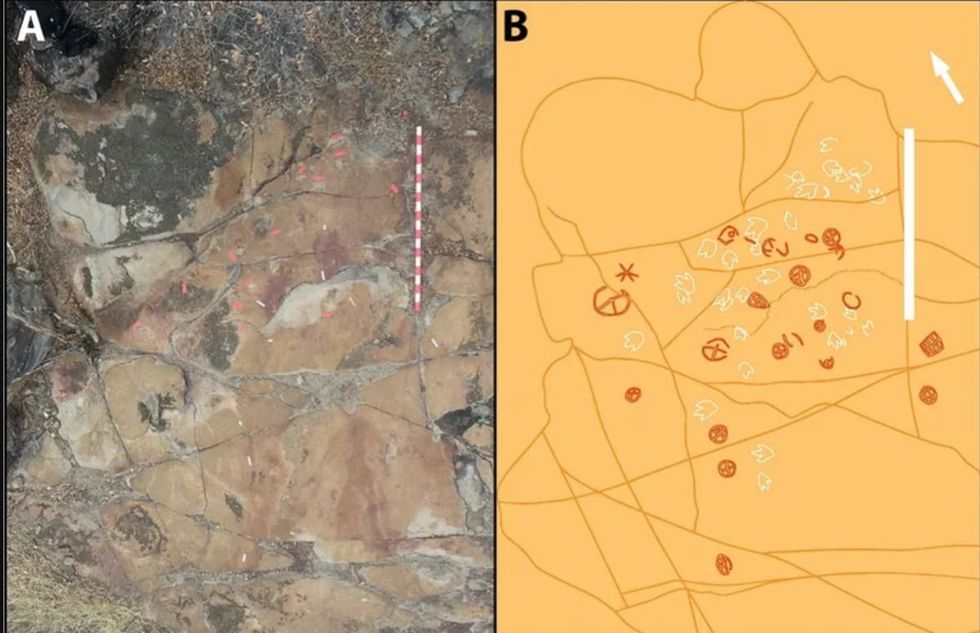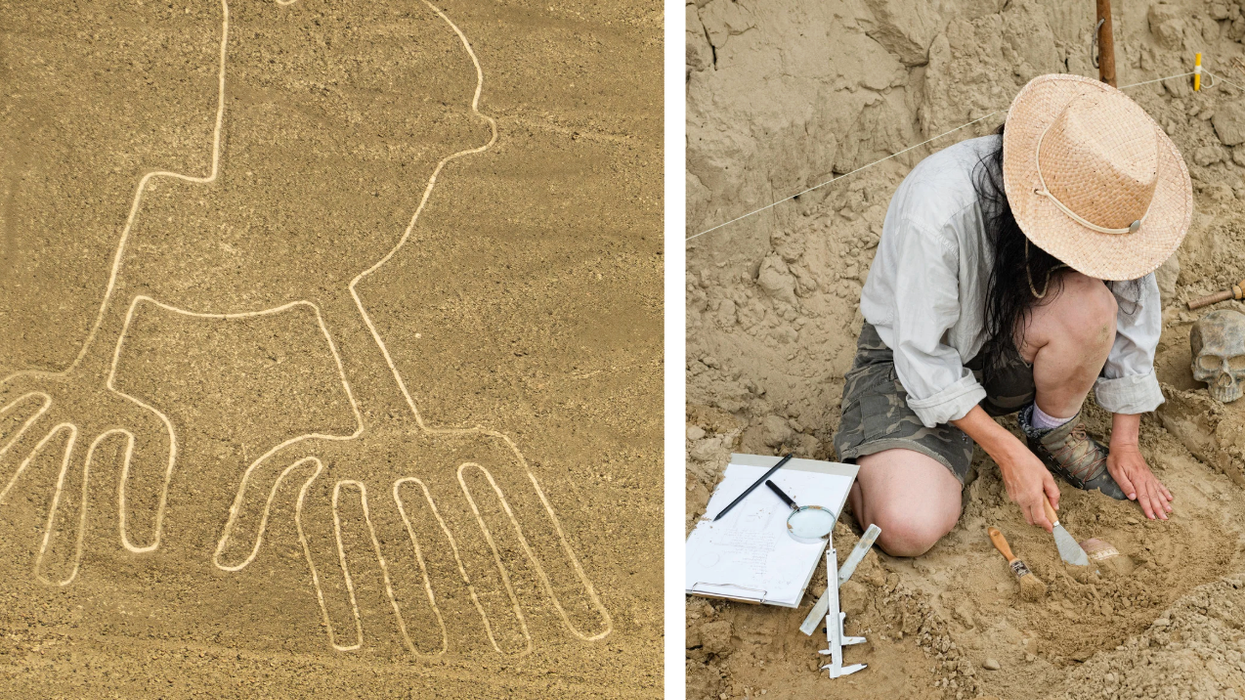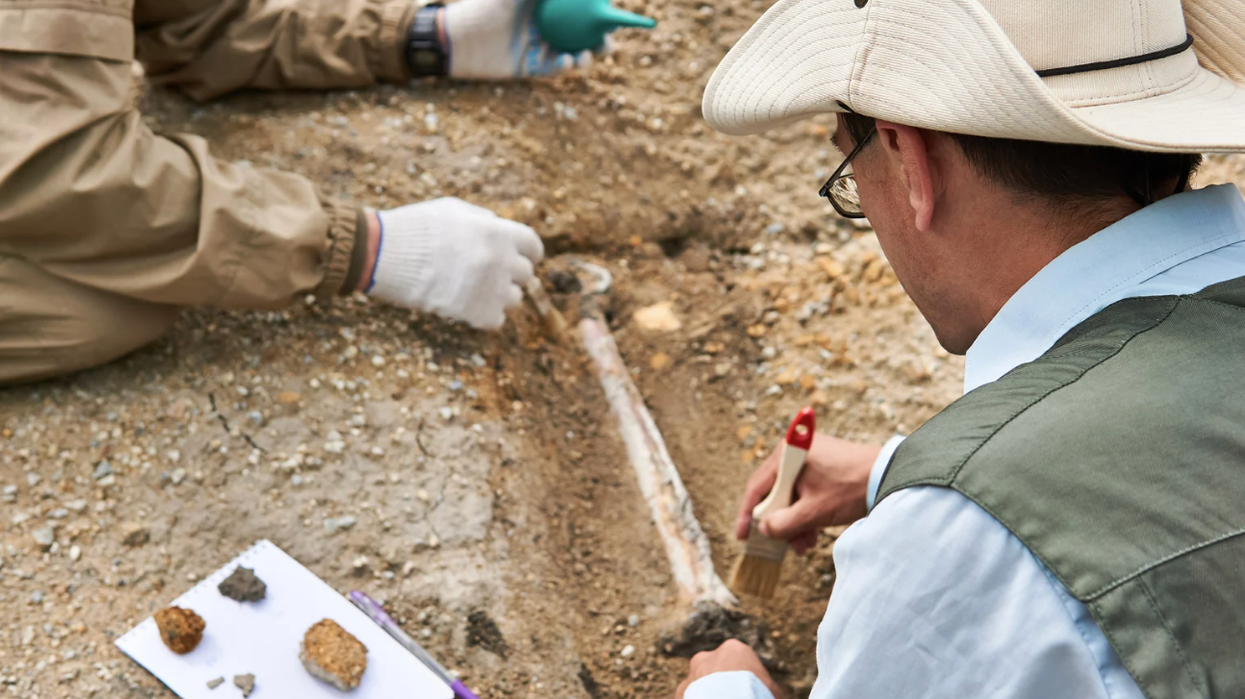It's long been assumed that ancient civilizations like the Neolithic people were primitive compared to modern society. Their homes were thought to be simple, one-room huts made of timber posts, reeds, clay, mud bricks, or stone, with roofs secured by hay or tree trunks. However, archaeologists recently uncovered a “paved-stone cellar” dating back nearly 5,000 years on the Danish island of Falster, revealing that these early people were far more advanced than previously believed.

This discovery upends long-held assumptions and shows that Neolithic people were more architecturally advanced than previously thought. The findings, published in Radiocarbon, describe a paved-stone cellar measuring about 6.5 by 5 feet, providing evidence of sophisticated construction techniques. Researchers noted, “Stone paved sunken floors are so far not known from Neolithic Denmark, making this feature truly one-of-a-kind." They added that the cellar challenges our understanding of the era’s construction capabilities, prompting a reconsideration of Neolithic social complexity. The structure was unearthed near the village of Eskilstrup on Falster, at a site called “Nygårdsvej 3.”

During the excavation, archaeologists found two houses, one of which, they believe, belonged to the “Funnel Beaker Culture,” named after their distinctive funnel-shaped pottery vessels, as per Newsweek. The culture existed between 4300 and 2800 BC, around present-day Denmark, Germany, Poland, Sweden, Norway and the Netherlands.

Previously, archaeologists only knew that the Neolithic period was when people started evolving from being hunter-gatherers. These people were skilled farmers who grew crops like wheat, barley, and rice and bred domesticated cattle, pigs, and sheep. But the discovery of these two ancient houses indicates that these people had a brilliant understanding of science and architecture too.

Inside the houses, the team found 141 large post holes and a floor paved with loamy sand and clay, which indicated that these people were skilled architectural planners. The cellar was located at the center of this whole fortification and was studded with pebbles, which suggested that people used it to store food to protect it from wild animals.

“The find is significant simply because it is an extremely rare find”, Marie Brinch, an archaeologist with the Museum Lolland-Falster, told IFLScience. “In Denmark, as well as most of Northern Europe, Stone Age stone architecture is ‘limited to’ the megalithic structures. To my knowledge stone architecture connected to ordinary houses is almost unknown. The question is if this was a common feature in Stone Age houses or whether it is a question of good preservation at the site.” Within the site, archaeologists found 1,216 artifacts including pottery shards, flint tools, fire-cracked flint, and burnt bone fragments. Another fascinating find was the squashed fossils of two sea urchins, which they believed, were a part of a ritual.

The excavation conducted by accident during the construction of railways ended up revealing insights about a prehistoric civilization. “The discovery forces us to reevaluate our assumptions about the technological capabilities of Neolithic societies,” researchers wrote in the study. “The presence of a paved cellar implies not only advanced construction skills but also long-term planning and a sophisticated understanding of storage and food preservation.”

















 Image frmo Scientific Reports of ancient artwork. Image Source:
Image frmo Scientific Reports of ancient artwork. Image Source:  Image frmo Scientific Reports of ancient artwork.Image Source:
Image frmo Scientific Reports of ancient artwork.Image Source:  Image frmo Scientific Reports of ancient artwork.Image Source:
Image frmo Scientific Reports of ancient artwork.Image Source: 

 It's difficult to imagine seeing a color and not having the word for it. Canva
It's difficult to imagine seeing a color and not having the word for it. Canva
 Sergei Krikalev in space.
Sergei Krikalev in space. 


 The team also crafted their canoe using ancient methods and Stone Age-style tools. National Museum of Nature and Science, Tokyo
The team also crafted their canoe using ancient methods and Stone Age-style tools. National Museum of Nature and Science, Tokyo The cedar dugout canoe crafted by the scientist team. National Museum of Nature and Science, Tokyo
The cedar dugout canoe crafted by the scientist team. National Museum of Nature and Science, Tokyo